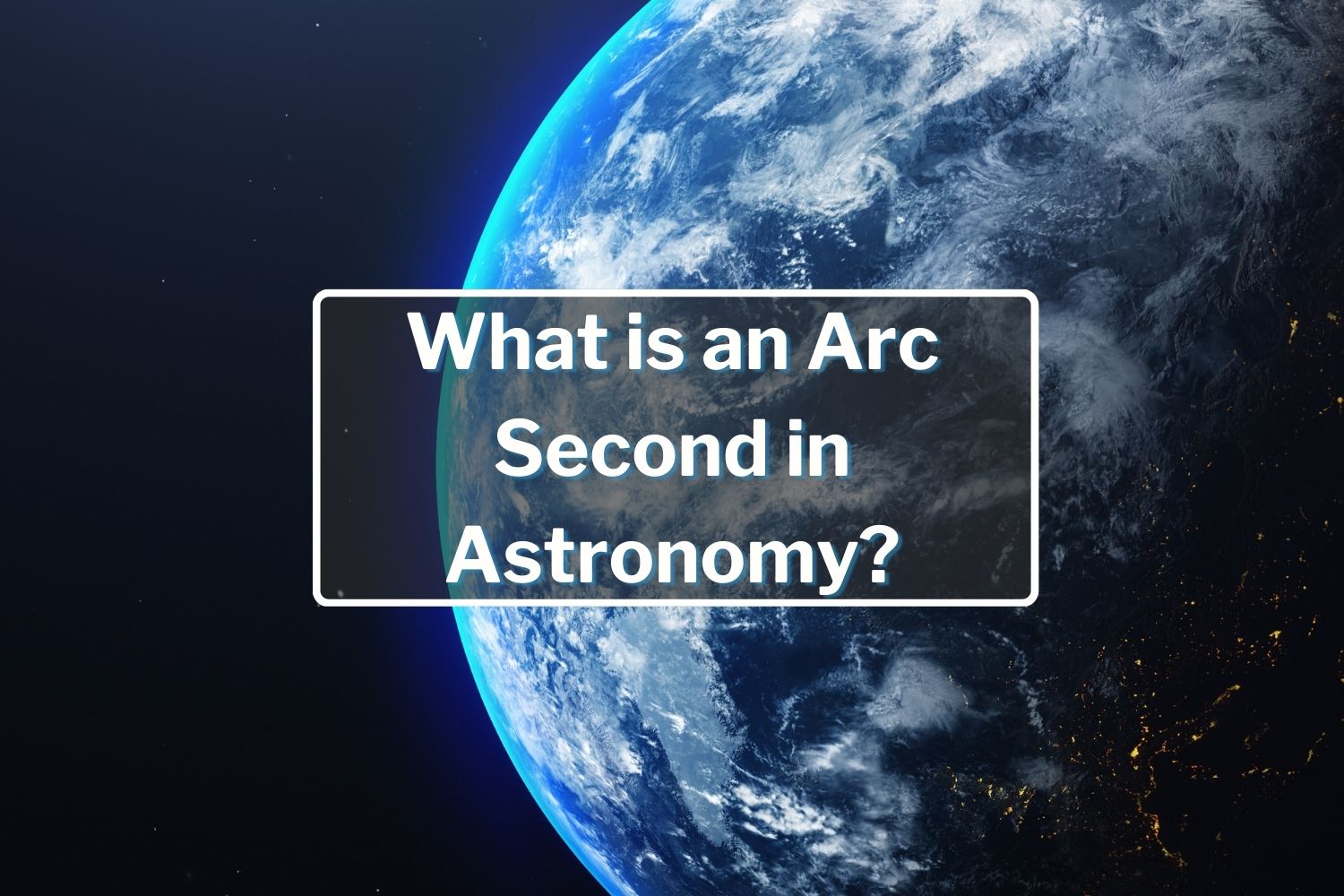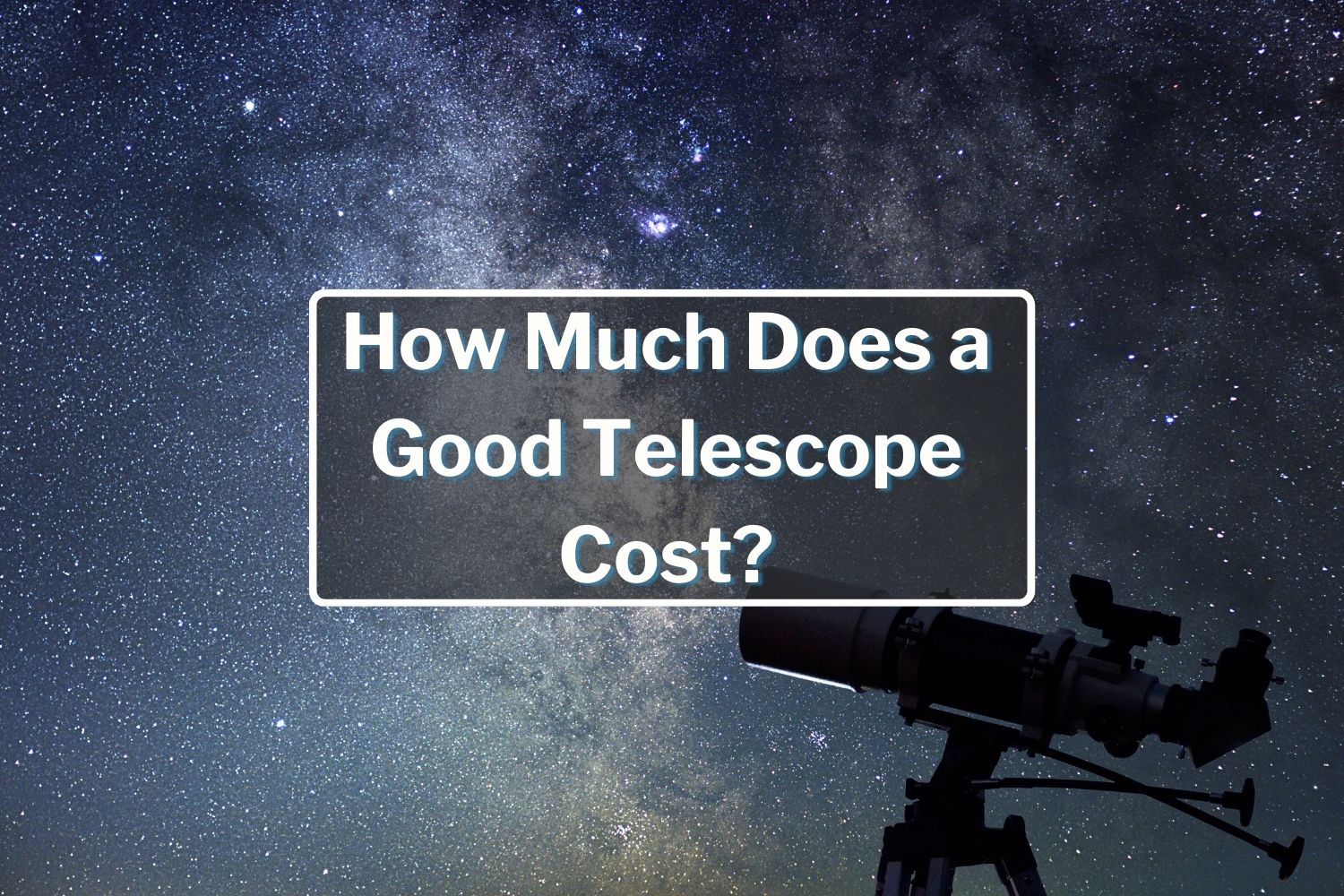Best Telescopes for Astrophotography
Astrophotography is for everyone. Whether you’re taking your first steps toward photographing night sky objects or you’re an advanced astronomer eager to capture the best images of distant galaxies and nebulae, there’s a telescope to suit both your budget and your goals. Here’s our list of today’s best telescopes for planetary and deep-sky astrophotography, with pros and cons for each.
The 10 Best Telescopes for Astrophotography

PlaneWave 14-Inch CDK f/7.2 OTA Telescope with Fused Silica Optics $14,500
The PlaneWave CDK (Corrected Dall-Kirkham) telescope is the most professional-grade telescope available to the public. Designed for both observing and serious imaging, the PlaneWave CDK provides imaging that’s free of coma, off-axis astigmatism, and field curvature, delivering a performance that far exceeds the capabilities of most commercial astrophotography telescopes. When ordering the PlaneWave CDK, you’ll need to provide the type of CCD camera and camera mount you’ll be using to get the proper dovetail and adapters.
Pros:
- Spherical secondary mirror
- Effortless collimation
- Fixed primary mirror
- Prewired fans and Dewey heaters controlled by an optional Delta-T controller

TPO 8” Carbon Fiber f/8 Ritchey Chretien Reflecting OTA Telescope - $1449
The TPO delivers the best ‘bang for your buck” in terms of focal length and quality for capturing deep-sky objects. This astrograph has virtually no coma and no chromatic or spherical aberration, providing excellent focus and true colors. The telescope comes with a dual-speed Crayford focuser, and the kit includes two dovetails, a finderscope base, and two eyepieces.
Pros:
- Excellent quality for the price
- Carbon fiber weighs less than standard OTA tubes of its size and compensates for temperature fluctuation
- True flat field that works great with or without a reducer
Cons:
- Entry-level mounts under $2K won’t be able to track their longer focal length
- Requires collimation
- We highly recommend getting a set of Bob's knobs for the secondary for easier collimation
AskarFRA300 Pro 60mm f/5 Petzval Astrograph Refractor Telescope - $949
Lightweight and portable, the Askar FRA300 Pro is a great entry-level scope for beginning astrophotographers and more advanced users. This budget-friendly astrograph features a quintuplet (5 lens) design, two more than triplet refractors have. This helps to reduce chromatic aberrations and flatten the field. The scope comes with three camera adapters and a Vixen dovetail mounting plate that can accommodate just about any equatorial mount — or even sit on top of your existing telescope.
Pros:
- Portable
- Good for deep sky photography
- Full frame sensor for flat field illumination
Cons:
- Not ideal for planetary photography

William Optics FLT 156mm f/7.8 – WO Rack and Pinion 3.7 inch – Gold - $7,198
The William Optics FLT is a triplet APO that provides stunning detail in moon and deep sky imaging. This triplet refractor features a 156mm aperture and a focal ratio of f7.8 with a William Optics 3.7” rack and pinion focuser for fast focusing and precision imaging every time.
Pros:
- Superior glass coatings
- A true triplet APO
Cons:
- Needs a flattener/reducer (sold separately)
- Not for use with entry-level mounts under $2K

Celestron NexStar 8SE Computerized Telescope - $1599
The Celestron NexStar 8SE is a portable, user-friendly telescope that doubles as an astrograph with the addition of adapters for smartphones, DSLRs, and mirrorless cameras. The Celestron NexStar 8SE has a fully automated GoTo mount and SkyAlign technology for locating and aligning celestial objects. The telescope can be upgraded to produce high-resolution images of many bright deep-sky objects.
Pros:
- A bargain for planetary imaging and lunar mosaics
- Upgradeable with a wedge for capturing bright deep sky objects
- With a wedge and Hyperstar upgrades, it makes a fine widefield high-resolution deep sky telescope
Cons:
- Solely for visual and planetary imaging right out of the box
- Needs upgrading for deep sky viewing and imaging

William Optics RedCat 71 APO Telescope – Red - $1698
The WO RedCat 71 is a refractor telescope designed primarily for astrophotography. Its four-element Petzval design provides a flat image plane with no additional flattener needed for exceptional widefield images of deep sky objects. The RedCat 71 provides excellent color correction and light-gathering power in a quality mid-range telescope for beginning and experienced astrophotographers.
Pros:
- Great quality Quadruplet Petzval for deep sky objects
- Up to full-frame sensor coverage
- Needs no flattener
- No worries about precise back focus due to Petzval design
- Good to go right out of the box with a separate camera and M48 connection
Cons:
- The helical style focuser takes some getting used to
- Using the auto-focuser requires third-party solutions

Meade 10” LX850-ACF SCT Catadioptric OTA Telescope - $3,099.99
The Meade 10” LX850 is a quality all-around telescope for deep space imaging and capturing detailed images of the moon and planets. This fast, efficient Schmidt Cassegrain scope features Advanced Coma-Free optics for clarity, contrast, and a flat field of view without coma and optical aberrations.
Pros:
- A great choice for deep sky and planetary photography, lunar mosaics, galaxy hunting, and visual observing
Cons:
- Too large for entry-level mounts under $2K

TPO UltraWide 180 f/4.5 Astrophotography Lens & Guide Scope - $389
Weighing less than a pound, the TPO UltraWide 180 is the smallest dedicated astrophotography telescope available today. This ultra-portable telescope has a triplet APO design with a large image circle and comes with a three-element reducer for superior correction and images free of chromatic aberration. The TPO UltraWide 180 has a fixed aperture with no aperture blades, which eliminates diffraction spikes on bright stars.
Pros:
- Perfect for ultra-widefield deep sky astrophotography
- Can be used as a guide scope
- Can be used on practically any tracking mount
Cons:
- Auto-focuser will need 3rd party solutions
- The helical focuser takes a while to get used to
- Instructions are vague
- Solely for deep sky work, not planetary imaging

Askar 80PHQ Flatfield Super APO Quadruplet 80mm Astrograph - $1495
The Askar 80PHQ was designed to provide exceptional images of night sky objects. The 80HPQ has a flatfield 3+1 optical design that eliminates the need for an additional flattener when switching from visual to astrophotography and comes with 4-piece photographic adapters and a Vixen dovetail plate.
Pros:
- Great all-around starter telescope for astrophotography
- Quadruplet Petzval design doesn’t require a flattener
- No need to worry about precise back focus
- Works great on entry-level mounts ($1000K and up)

PlaneWave CDK500 (20-inch) Telescope System - $54,000
The PlaneWave CDK500 brings observatory quality and precision to consumers with Fused Silica primary and secondary mirrors and a 52mm field of view with no field curvature, off-axis coma, or astigmatism. It comes with a compact, stand-alone Alt/Az mount that’s intuitive to use without polar alignment, and its direct drive motors provide error-free, fast tracking that also counters wind gusts.
Pros:
- Professional grade quality in a consumer instrument
- Fixed primary mirror
- Spherical secondary mirror allows effortless, solid collimation
- Direct drive mount eliminates backlash
- Used in universities and observatories around the world
FAQ:
What type of telescope is best for astrophotography?
If you’re a beginner, an all-in-one setup with a large aperture can get you started with planetary and lunar photography. Advanced astrophotographers might prefer the high-quality optics and flatfield features of triplet and quadruplet Petzval refractors, designed to capture detailed images of very distant deep sky objects.
What is the best telescope for photographing planets?
Planetary imaging requires a telescope with a large aperture and a longer focal length than telescopes designed for photographing deep space objects. To capture the most detailed images of objects in our Solar System, consider a Schmidt-Cassegrain telescope or a Dobsonian, with its stable mount and easy tracking of objects.
What is the best telescope for deep space viewing?
Telescopes designed for deep space viewing typically have large apertures, and a shorter focal length than scopes meant for planetary viewing and imaging. Consider a refractor telescope with tracking and locating features that help you zero in on the object you want to view.
Which telescope is best for seeing galaxies?
Seeing galaxies and other deep-sky objects such as nebulas requires a telescope to capture plenty of light. Consider a reflector telescope with an aperture of 8 inches or more with computerized tracking features that help you locate deep space objects like galaxies and nebulae.
Which focal length telescope is best for astrophotography?
For deep sky astrophotography, consider a 4–5-inch refractor scope with features for flattening and eliminating coma and other optical aberrations. If you’re interested in planetary photography, you’ll want a telescope with a focal length of around 2000mm and a slower focal ratio, such as f10.
What size telescope do I need to photograph galaxies?
For photographing deep space objects such as galaxies, you’ll need a telescope with a short focal length and a large aperture for collecting as much light as possible. Schmidt-Cassegrain refracting scopes with these features are a popular choice for both beginning and advanced deep sky astrophotographers.
If you have any questions about purchasing a telescope or need to know more, please contact us. The OPTeam will be glad to steer you towards the best possible telescope to begin your journey into the world of astronomy. Happy observing!












